Infants require the highest level of nutrition for healthy growth and development. A four-month-old child, for example, uses 30% of its consumed food for growth. Adequate intake of minerals, like calcium and potassium, are known to be conducive to their wholesome diet.
Professor Khare discusses the vulnerability of research, the charm of number theory, and why mathematics is central to human culture.
Bengaluru/
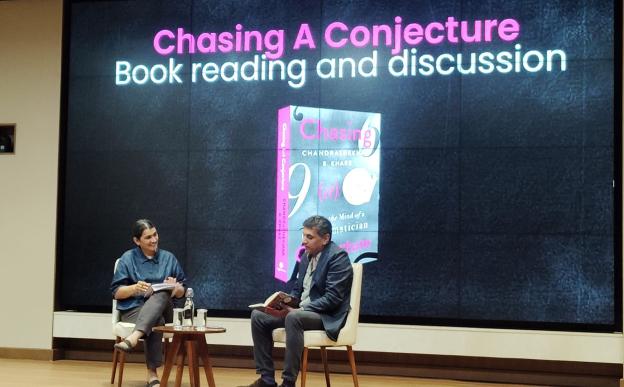
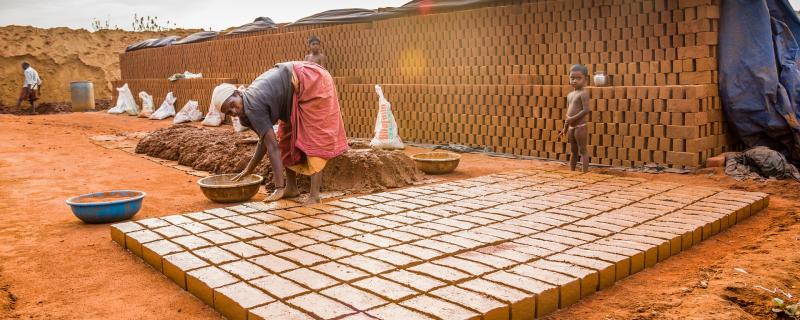
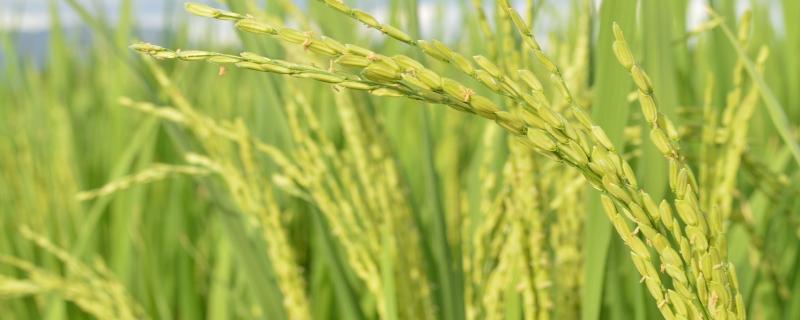
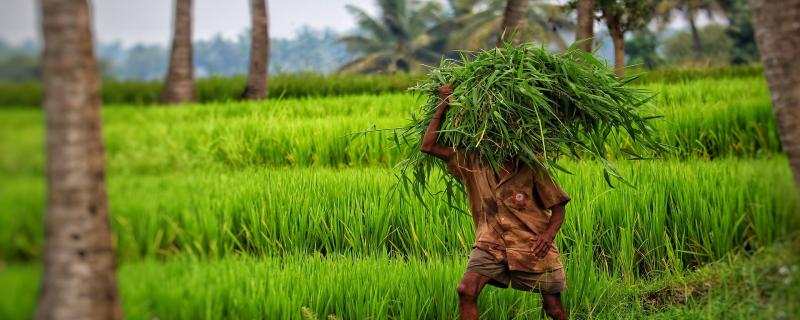

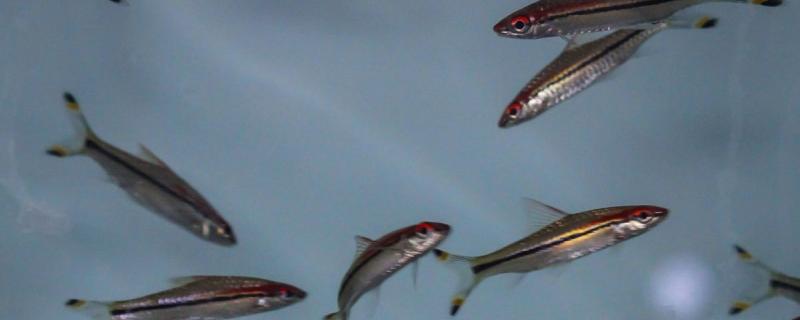
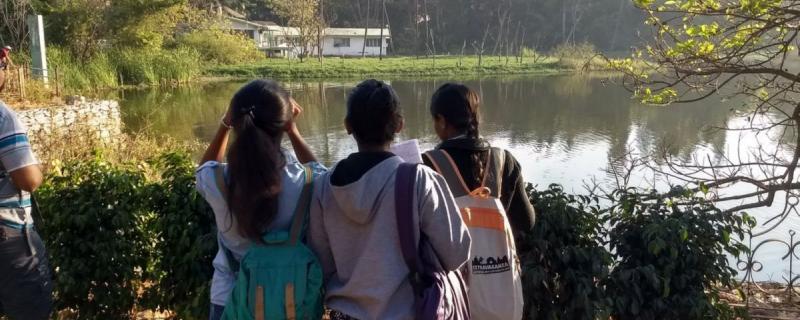
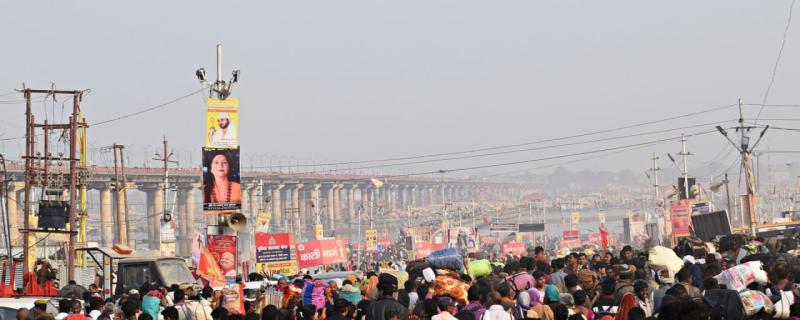
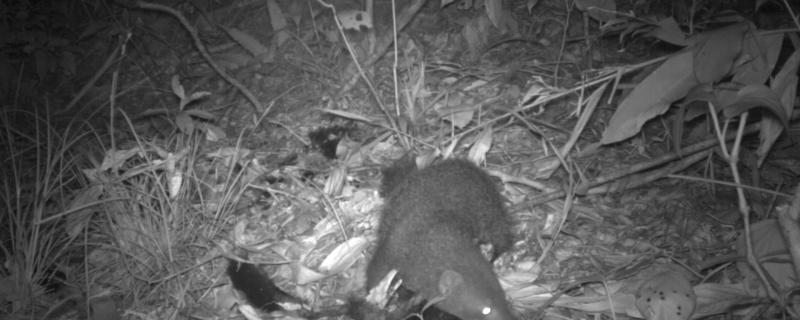
![फोटो क्रेडिट: नीलांजन मजूमदार - विकिमीडिया कॉमन्स [CC BY-SA 4.0 (https://creativecommons.org/licenses/by-sa/4.0)] मछुआरे जलवायु परिवर्तन से होने वाले संकट का कैसे सामना कर रहे हैं ?](/sites/researchmatters/files/styles/large_front_800x320/public/iitb_8.jpg?itok=3C4vvgFi)